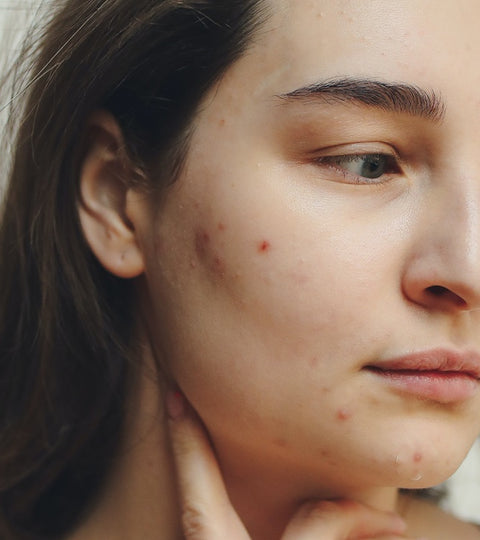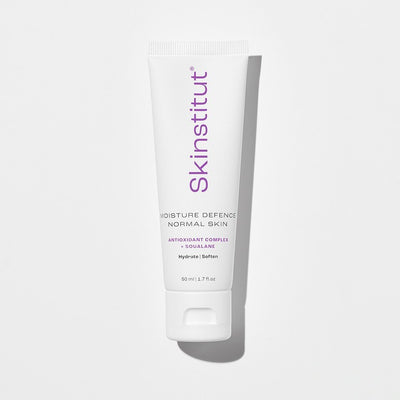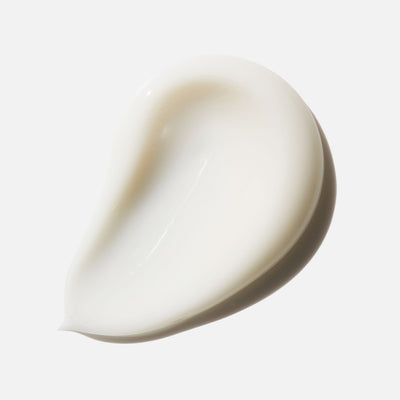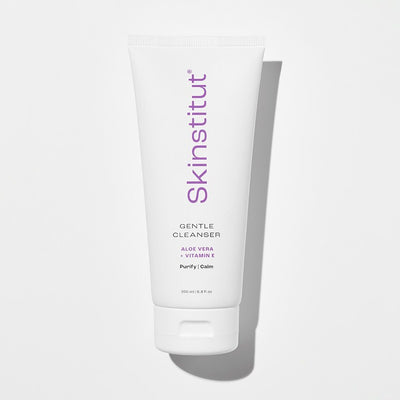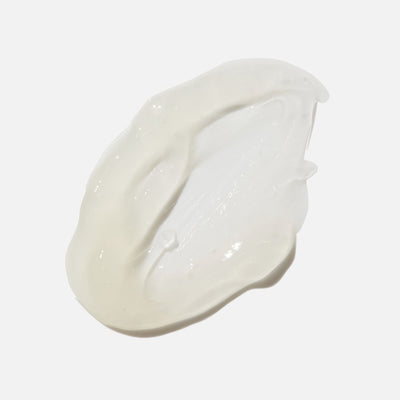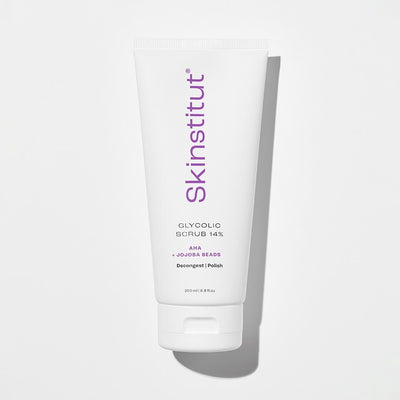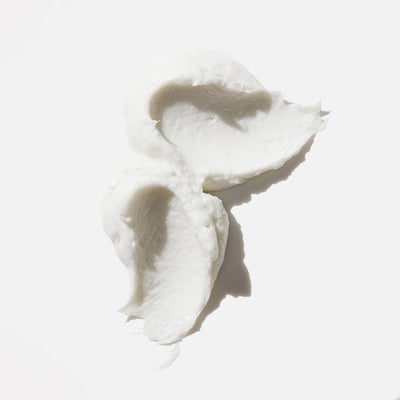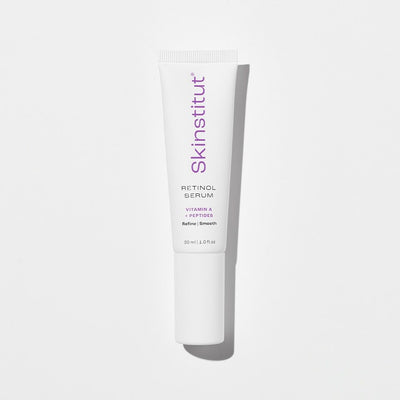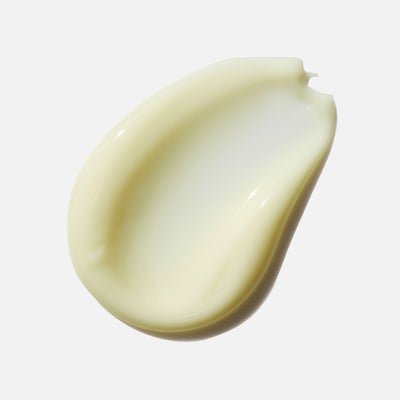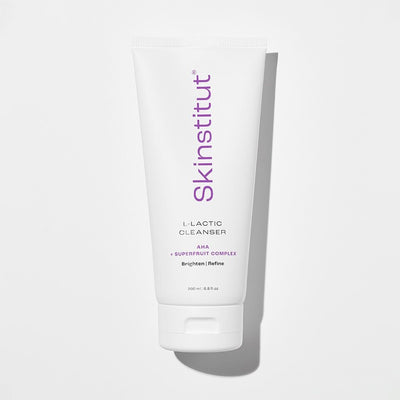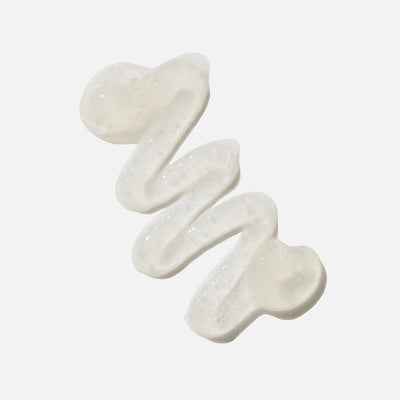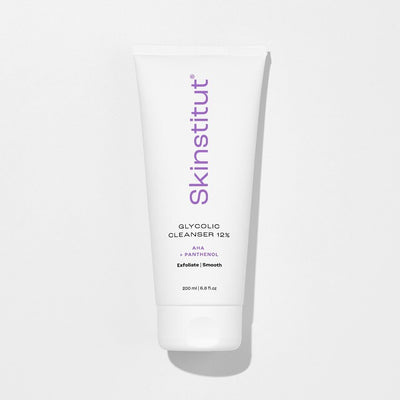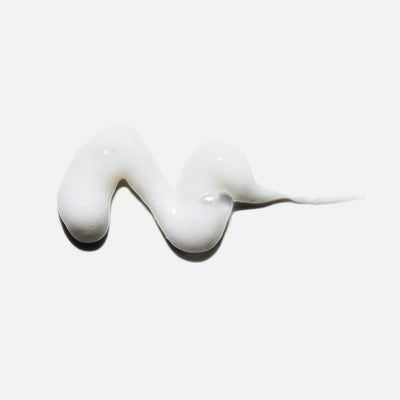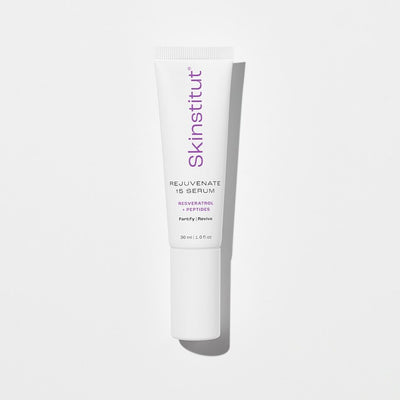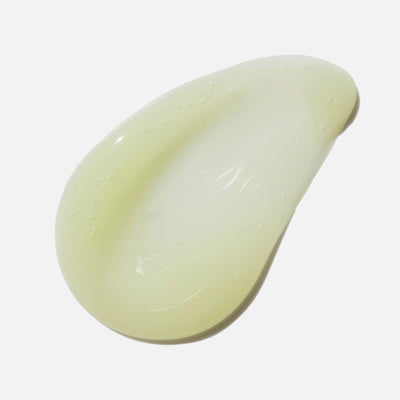Despite being a common skin concern, acne can still have a significant impact on your self-confidence, and no one deserves to feel less than confident when it comes to their complexion.
While there’s no one-size-fits-all solution to treating acne, there are certain ingredients that have proven themselves to be effective. Clinically backed and recommended by experts, we like to think of them as power ingredients – and for good reason.
And there’s no shortage of these transformative cosmeceuticals in our formulas, from Retinol and Niacinamide to Alpha- and Beta-Hydroxy Acids.
So, if you’re tired of persistent breakouts, or want to target acne at the root cause, scroll down for our ingredient hit list, and find out exactly how you can work each one into your skincare routine.
Alpha-Hydroxy Acids
Alpha-Hydroxy Acids (also known as AHAs) are a group of water-soluble acids with countless benefits. AHAs work by dissolving the bonds that hold dead cells together, thereby exfoliating the skin’s surface. Not only does this action effectively treat congestion, it also prevents the formation of pimples in the first place (smart). This powerful ingredient is also effective when it comes to smoothing skin texture, as it brightens discolouration and boosts glow.
Common types of AHA’s include Glycolic Acid, Lactic Acid and Mandelic Acid, the key differentiating factor between them being the size of the molecules. For example, of the three, Glycolic Acid has the smallest molecule size, so works on a deeper level. The molecules in Lactic Acid are larger, and therefore not as intense, so this a great pick for more sensitive or reactive complexions.
How To Use AHAs In Your Routine:
AHAs can either be washed off the skin or simply left on – there’s no right or wrong way, it really just comes down to your individual goals. Our suggestion is to start slow, incorporating the ingredient into your routine two to three times a week. If you’re reactive, a wash-off cleanser is a smart choice, while normal to oily skin types or seasoned active users can opt for a leave-on toner or serum to maximise results.
Morning Or Night?
Technically, either is fine, but if you are not sure which will work best for your skin, we suggest making exfoliation a part of your nighttime routine.
Formulas To Try:
Expert Refine AHA Glycolic Toner
Beta-Hydroxy Acids
Beta-Hydroxy Acids (BHAs), on the other hand, are a group of oil-soluble acids. Instead of working on the skin’s surface like an AHA, they penetrate into the pores and dissolve excess sebum – think of them as a vacuum for your complexion. BHAs are widely considered a gold-standard ingredient for pimple-prone or acne-affected skin.
The most common BHA used in skincare is Salicylic Acid, but there’s also Citric Acid and Beta-Hydroxybutanoic Acid (often listed as Beta-Hydroxybutyric Acid).
How To Use BHAs In Your Routine:
Like AHAs, BHAs can be washed off or left on, and they can also be used to spot-treat breakout-prone areas. You can use BHAs alone, or pair them with AHAs for a thorough exfoliation (some skincare formulas even combine the two in one formula).
Morning Or Night?
As with AHAs, BHAs can be used in the morning or at night, but our suggestion is to exfoliate before bed (leave the morning for protective antioxidants, hydration and SPF).
Retinol
Retinol is a derivative of vitamin A that's praised for its ability to regulate cellular turnover. It’s seriously effective at correcting a number of skin concerns, from wrinkles and pigmentation to dullness and rough texture. Because it fights build-up, it’s great for anyone that’s acne-prone, too.
While it’s not as fast-acting as AHAs and BHAs, Retinol is definitely a gold-standard ingredient, and comes highly recommended by doctors, derms and our Medical Advisory Council.
How To Use Retinol In Your Routine:
If it’s your first time, start with one or two applications per week, gradually building up frequency as the skin adjusts. You can wear Retinol after you exfoliate, but alternating your Retinol and exfoliation nights is a good way to minimise irritation.
Morning Or Night?
Retinol can make the skin more susceptible to sun damage, so work it into your evening routine.
Formulas To Try:
Expert Reveal Retinol Face Oil
Niacinamide
Also known as vitamin B3, Niacinamide is a multitasker that’s 100 per cent worth using if you’re prone to breakouts. It regulates sebum production, helping to reduce the risk of clogged pores, and has soothing properties that minimise the redness and irritation associated with breakouts. Additionally, Niacinamide can help strengthen the barrier, preventing moisture loss, redness, and rough texture.
Because it’s repairing, this power ingredient is also worth reaching for if you’re trying to lessen the appearance of post-inflammatory hyperpigmentation (those annoying dark spots that linger long after your pimple has gone).
How To Use Niacinamide In Your Routine:
Unlike the heavy-hitting active ingredients mentioned previously, Niacinamide is relatively easy to incorporate into any routine. Use it daily to see maximum benefits.
Morning Or Night?
Either, but we love layering Niacinamide on top of Retinol, AHAs or BHAs as part of an evening skincare routine. It also makes for a great standalone ingredient, especially if skin repair is high on your list of priorities.
Formulas To Try:
Want to learn more about how to keep your skin clear and healthy? Check out our blog on adult and adolescent acne here (and don’t forget to take a look at the rest of our clearing range).


